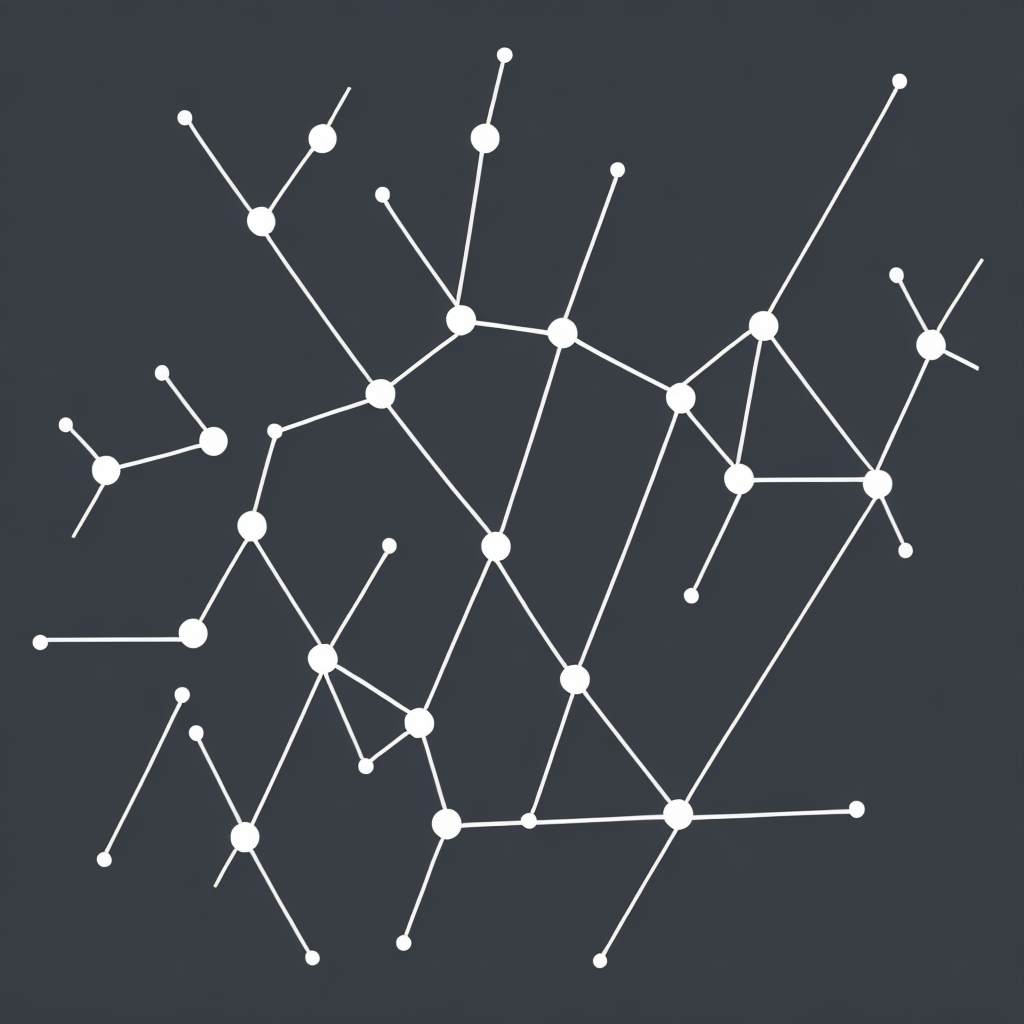Unlocking the Power of Knowledge Graphs: A Comprehensive Guide to Enhancing Data Management and Decision-Making
Introduction
In the era of big data and information overload, organizations are struggling to manage their vast data volumes efficiently and derive meaningful insights that would aid decision-making. This is where Knowledge Graphs come into play, providing an excellent solution for organizations needing comprehensive data management and effective knowledge processing. In this article, we will explore the concept of Knowledge Graphs, their capabilities, and the practical steps on how to utilize them to improve data management and decision-making processes.
What Are Knowledge Graphs?
A Knowledge Graph is essentially a structured representation of an organization’s data, encapsulated within an interconnected web of information. This information is built by connecting different data points through relationships, allowing for a more holistic understanding of various subjects, entities, and their associations. Knowledge Graphs can be seen as advanced data models, expanding traditional database structures to provide a more context-rich view of the data, enabling better data integration, querying, and analysis.
Advantages of Knowledge Graphs
1. Enhanced Data Integration: Knowledge Graphs enable easier integration of diverse data sources, allowing for the combination of structured and unstructured data, and enriching existing data with additional insights.
2. Improved Data Quality: By mapping data relationships, Knowledge Graphs help in identifying inconsistencies, data duplicates, and missing information, improving overall data integrity.
3. Facilitated Analysis: Knowledge Graphs simplify data exploration and analytical tasks, especially for non-technical users. The visual nature of Knowledge Graphs makes it easier to discover patterns, trends, and correlations, fueling better decision-making.
4. Dynamic Knowledgebase: Unlike traditional databases, Knowledge Graphs are dynamic, facilitating the continuous addition, updating, and querying of information. This real-time nature makes it suitable for applications that require high responsiveness, such as recommendation engines and real-time analytics.
5. Scalability and Efficiency: Knowledge Graphs are designed to scale vertically and horizontally, accommodating expanding data volumes without compromising performance or ease of handling.
Building Knowledge Graphs
While building a Knowledge Graph, several critical considerations play a role:
1. Data Modeling: Identify the entities and their relationships within your domain, and design a schema that represents the data’s structure accurately.
2. Data Acquisition: Gather necessary data from various sources and clean it to ensure accuracy and consistency.
3. Data Mapping: Link the data points to establish relationships between entities, enriching the data schema with context and enhancing the graph’s utility.
4. Integration and Mapping Tools: Depending on your organizational setup, choose the appropriate tools for data integration, mapping, and management, such as Apache Jena, Apache Nifi, or proprietary solutions.
Implementation in Decision-Making
Once a Knowledge Graph is built, it enhances decision-making in several ways:
1. Enhanced Insights: By providing a comprehensive and interconnected view of data, Knowledge Graphs facilitate the discovery of insights that may not be apparent in traditional databases.
2. Contextual Analysis: Knowledge Graphs enable deeper analysis when considering the relationships between different aspects of the data, leading to more informed and contextually relevant decisions.
3. Predictive Analytics: The insights gained from Knowledge Graphs can be used for predicting future trends and outcomes, empowering organizations to take proactive measures.
Conclusion
In conclusion, Knowledge Graphs represent a powerful tool for organizations seeking to optimize data management and decision-making processes. By enhancing data integration, improving data quality, facilitating analysis, offering a dynamic and scalable knowledgebase, and enriching the context in decision-making, Knowledge Graphs offer a way to harness the full potential of an organization’s data assets. Embracing this advanced technology is crucial for staying ahead in today’s data-driven world, enabling better strategic positioning, and driving business success.
